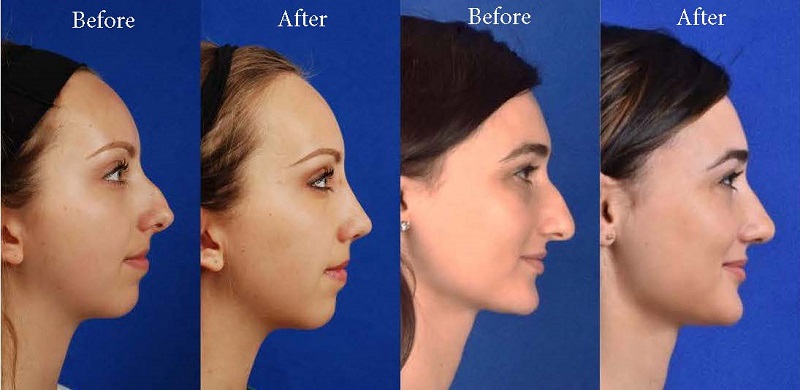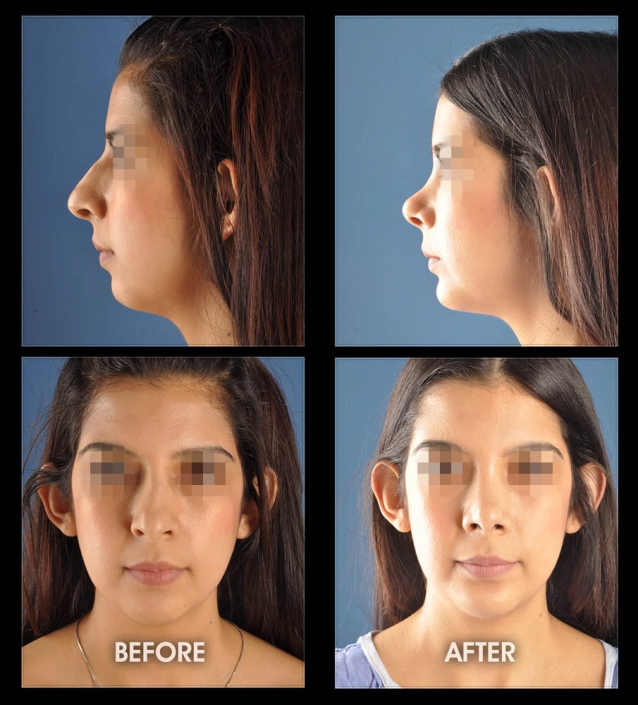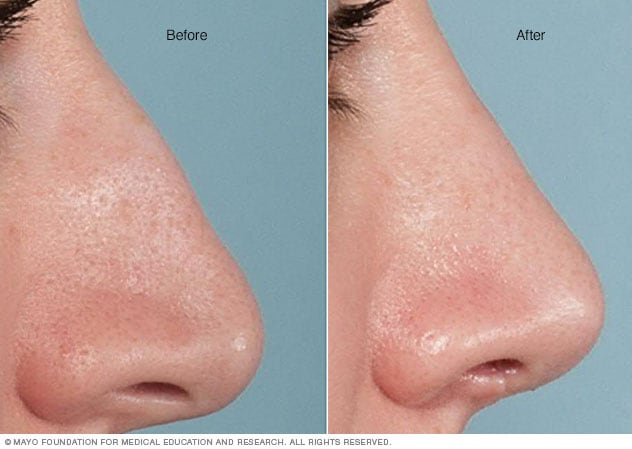

the elevator muscle group which consists of the procerus muscle and the levator labii superioris alaeque nasi muscle. the depressor muscle group which includes the alar nasalis muscle and the depressor septi nasi muscle. the compressor muscle group which includes the transverse nasalis muscle. the dilator muscle group which includes the dilator naris muscle that expands the nostrils; it is in two parts: (i) the dilator nasi anterior muscle, and (ii) the dilator nasi posterior muscle.

B. Go Here For the Details of the nose nasal subunits and nasal sectors [modify] To prepare, map, and perform the surgical correction of a nasal flaw or deformity, the structure of the external nose is divided into 9 aesthetic nasal subunits, and six visual nasal sectors, which provide the cosmetic surgeon with the steps for figuring out the size, level, and topographic location of the nasal flaw or deformity.

the dorsal nasal sector the lateral nasal-wall segments the hemi-lobule sector the soft-tissue triangle segments the alar sections the columellar sector Nose job: The Common carotid artery. Utilizing the co-ordinates of the subunits and segments to figure out the topographic location of the defect on the nose, the plastic cosmetic surgeon plans, maps, and performs a rhinoplasty treatment.
Hence, if more than half of a visual subunit is lost (harmed, malfunctioning, ruined) the surgeon replaces the whole aesthetic section, generally with a local tissue graft, harvested from either the face or the head, or with a tissue graft gathered from somewhere else on the patient's body. C. Nasal blood supply arteries and veins [modify] Like the face, the human nose is well vascularized with arteries and veins, and thus provided with abundant blood.
The external nose is supplied with blood by the facial artery, which becomes the angular artery that courses over the superomedial aspect of the nose. The sellar region (sella turcica, "Turkish chair") and the dorsal region of the nose are supplied with blood by branches of the internal maxillary artery (infraorbital artery) and the ophthalmic arteries that derive from the internal common carotid artery system.